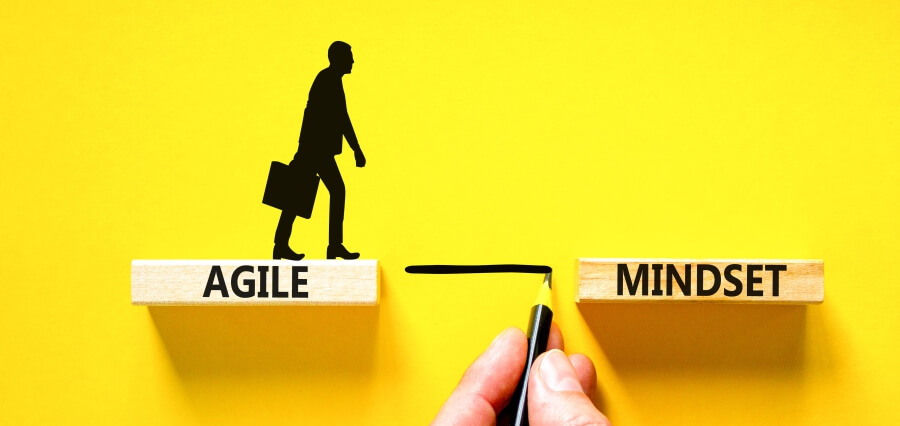
Written by Himanshi Marwah,
“Adapting to change and developing resilience is essential for surviving difficult times and thriving in a constantly evolving environment.”
Life is a journey filled with both triumphs and tribulations. We encounter numerous obstacles, unexpected changes, and unpredictable circumstances along the way. In such a dynamic and ever-changing world, adapting and remaining resilient becomes paramount. Adapting to change and developing resilience are essential for surviving difficult times and thriving in a constantly evolving environment.
What is Adaptability?
Adaptability is the capacity to adjust to new conditions, environments, and situations. It is the willingness to embrace change and the ability to respond effectively to varying circumstances. Just like a supple tree that sways with the wind, individuals who are adaptable can bend without breaking. They have an open mindset, are willing to learn, and can make the necessary adjustments to cope with change.
The Importance of Adaptability
Adaptability is a fundamental trait for personal and professional growth. In the workplace, it enables employees to handle challenges, take on new responsibilities, and develop innovative solutions. In personal life, adaptability helps individuals manage stress, maintain mental well-being, and strengthen relationships.
- Embracing Uncertainty: Life is inherently unpredictable, and change is the only constant. When we embrace uncertainty and become adaptable, we become more flexible in our thinking, making it easier to navigate through unforeseen events.
- Overcoming Fear: Change often brings fear of the unknown. By cultivating adaptability, we can reduce fear’s grip on our lives, as we become more comfortable with the idea of stepping outside our comfort zone.
- Expanding Creativity: Adaptability opens our minds to new perspectives and ideas. It allows us to explore unconventional solutions, leading to increased creativity and problem-solving skills.
- Improving Decision-Making: An adaptable mind is more open to different options, enabling better decision-making when faced with complex choices.
Cultivating Resilience
Resilience is the inner strength that enables individuals to bounce back from adversity. It is the ability to endure hardships, recover from setbacks, and emerge stronger than before. Resilience doesn’t eliminate life’s challenges, but it empowers individuals to navigate through them with grace.
- Maintaining a Positive Attitude: Resilient individuals often uphold a positive attitude, even amidst challenging circumstances. They concentrate on factors within their control, fostering optimism and hope.
- Cultivating a Supportive Network: Establishing a network of supportive relationships becomes a crucial element of resilience. Having a support system comprised of family, friends, or colleagues provides emotional and practical aid during difficult phases.
- Prioritizing Self-Nurturing: Nurturing oneself physically, emotionally, and mentally is indispensable in the process of building resilience. Engaging in activities that promote well-being, like exercise, meditation, or hobbies, enhances one’s ability to cope with stress.
- Embracing Growth through Adversity: Resilient individuals perceive adversity as an avenue for growth and learning. They acknowledge that setbacks can offer valuable lessons and insights for the future.
The Interplay between Adaptability and Resilience
Adaptability and resilience are complementary qualities that reinforce each other. Being adaptable allows us to respond effectively to change, while resilience helps us recover from its emotional toll. Together, they create a powerful synergy that empowers individuals to thrive in the face of adversity.
- Coping with Change: Adaptable individuals can quickly adjust to new circumstances, reducing the shock and emotional impact of change. Resilience supports them in bouncing back from any initial difficulties they encounter during the transition.
- Strengthening Mental Agility: Both adaptability and resilience contribute to mental agility—the ability to think flexibly and cope with ambiguity. This mental dexterity is invaluable in today’s fast-paced and unpredictable world.
- Promoting Growth: The combination of adaptability and resilience fosters personal growth and development. By embracing change and learning from challenges, individuals can continually evolve and improve themselves.
Conclusion
In conclusion, building adaptability and resilience is a lifelong process that requires conscious effort and practice. It involves developing a growth mindset, embracing change, nurturing a supportive network, and taking care of oneself. By cultivating these qualities, we equip ourselves to face life’s uncertainties with grace and strength.
In the end, it’s not about avoiding challenges but about navigating through them with resilience and adapting to the winds of change. As the saying goes, “The only constant in life is change.” By becoming more adaptable and resilient, we can thrive in a world that is constantly evolving, and emerge as stronger, wiser individuals ready to embrace whatever the future may hold.





